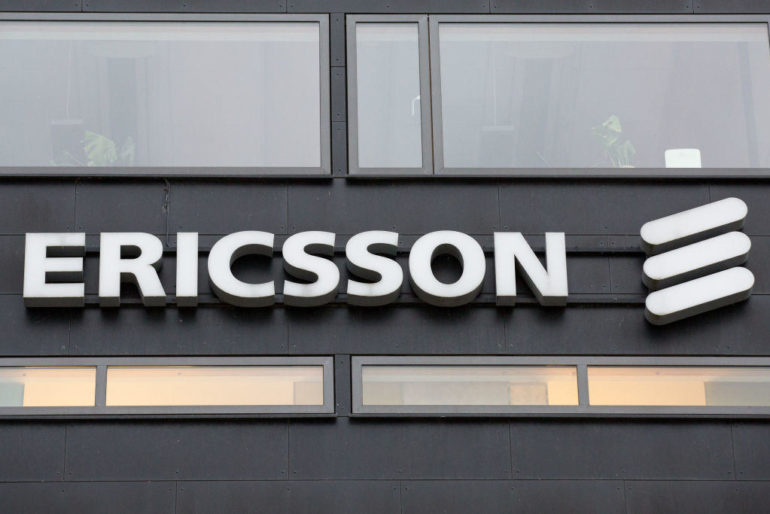Ericsson provided an update to its risk factors on Monday, with the company issuing a €500 million unsecured 8-year bond.
In October last year, Sweden banned Huawei and ZTE from the nation’s 5G rollouts and said telcos needed to phase out the use of any existing equipment by 2024.
Due to this, Ericsson previously said there was a risk of “collateral damages from a weakened Swedish-Chinese relationship” and retaliatory actions from Beijing. In an update on Monday, Ericsson said it expected some of those risks to become real.
“While Ericsson is invited to various ongoing tender processes in China, the final outcome remains uncertain and it is the company’s current assessment that the risk has increased that Ericsson will in those tenders be allocated a significantly lower market share than its current market share,” it said.
The carrier equipment manufacturer added several countries have disaggregated radio access networks and were supporting “national communication network infrastructure champions” instead of choosing one of the usual suspects like Ericsson.
“The geopolitical situation can have consequences on the entire industry, with an increased likelihood of further industry split, separation of global value chains, and separation of global standards for mobile telecommunications,” it said.
On the other side of the fence, Reuters reported that Huawei founder Ren Zhengfei has pushed the company to lead in software as it was outside of US control.
In June last year, Huawei and ZTE were officially designated as national security threats by the United States Federal Communications Commission, and was added to the US Entity List, thereby preventing access to hardware containing US technology and banning the buying of parts and components from US companies without government approval.
“Once we dominate Europe, the Asia Pacific, and Africa, if US standards don’t match ours, and we can’t enter the US, then the US can’t enter our territory,” Reuters reported a memo as saying.
In its recent first-quarter missive, Huawei said sales were down 16.5% compared to last year, but that this result was expected after it sold off the Honor brand.
“2021 will be another challenging year for us, but it’s also the year that our future development strategy will begin to take shape,” Huawei rotating chair Eric Xu said at the time.
“No matter what challenges come our way, we will continue to maintain our business resilience. Not just to survive, but do so sustainably.”
For the full year, Huawei posted net profit of 64.6 billion yuan, but its growth in markets outside of China grounded to a halt.
Earlier this month, the company revealed the extent to which it had taken a battering in Australia due to bans.
For the year to 31 December 2020, the Australian arm of Huawei reported revenue almost halving from the AU$658 million posted last year to AU$356 million.
Broken down, the company saw its carrier business continue to fade away, falling from AU$460 million to AU$217 million, its consumer business plummeted from AU$148 million to AU$84 million, while its enterprise revenue was a rare bright spot, increasing by AU$5.5 million to AU$55 million.



